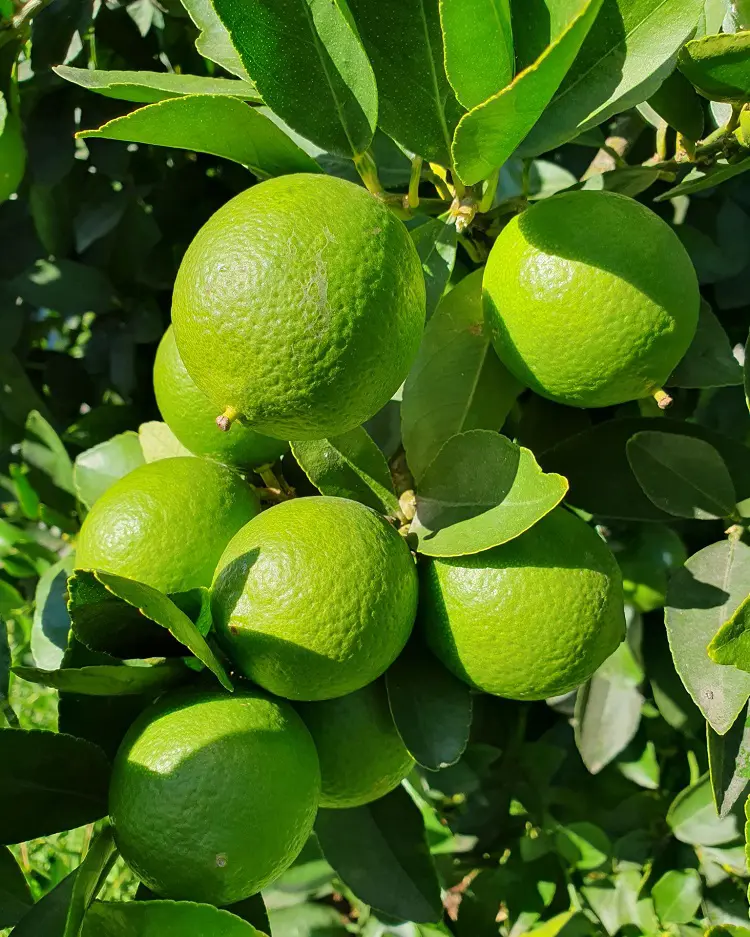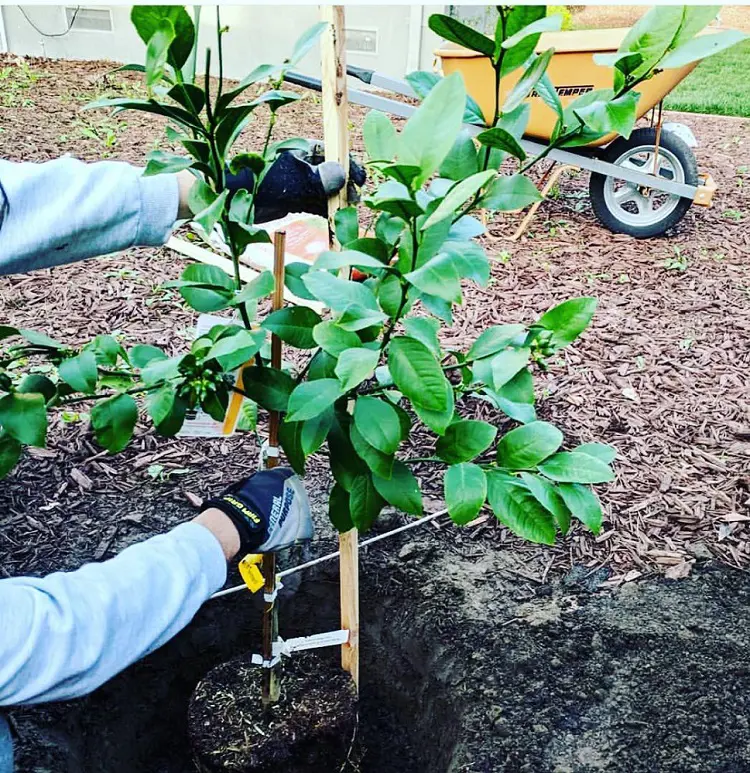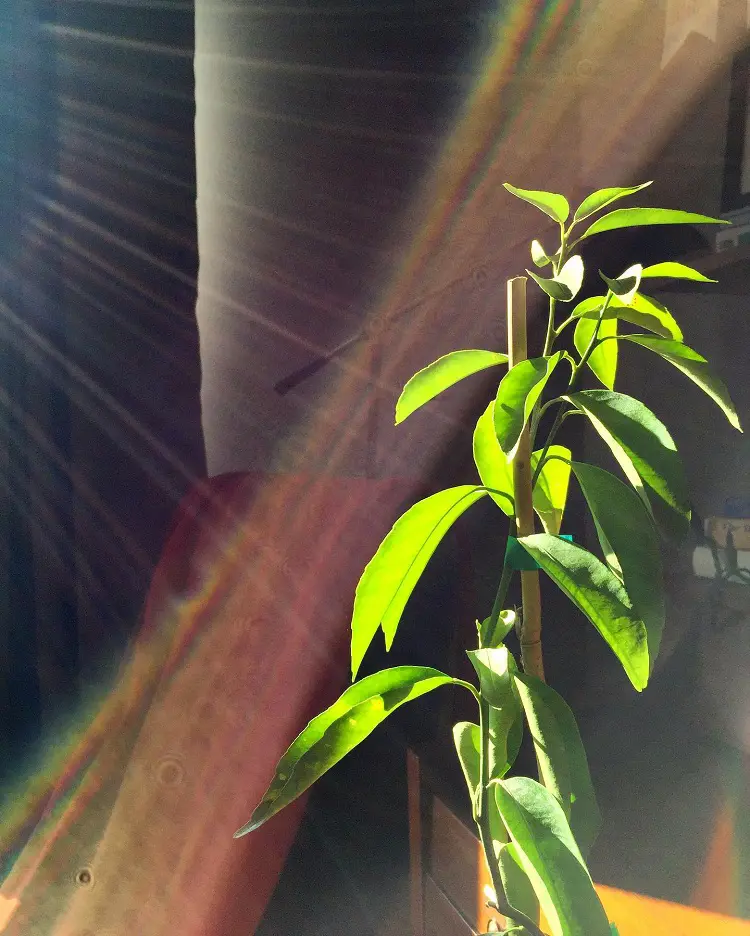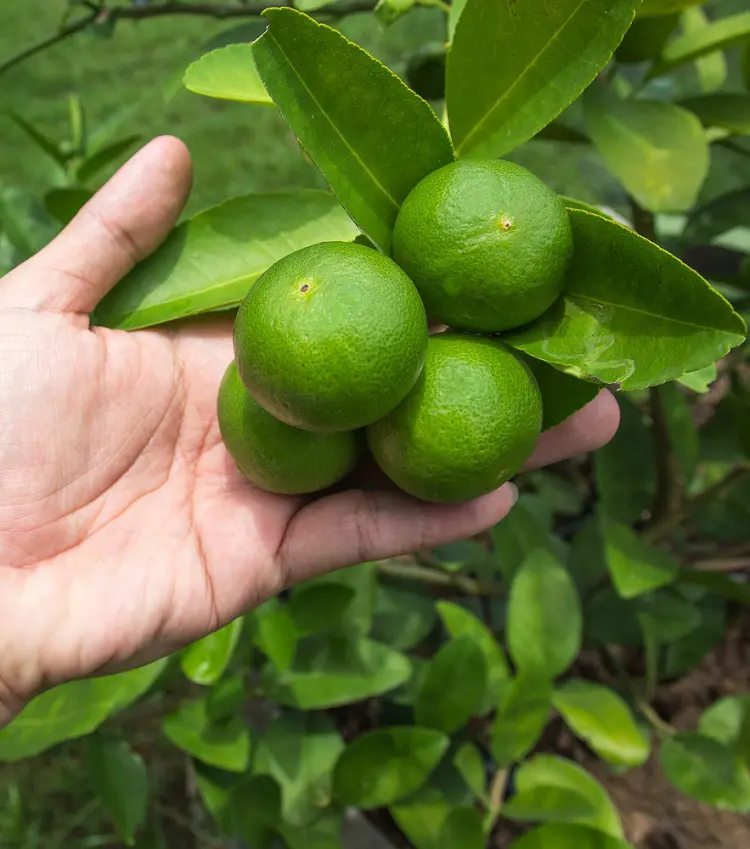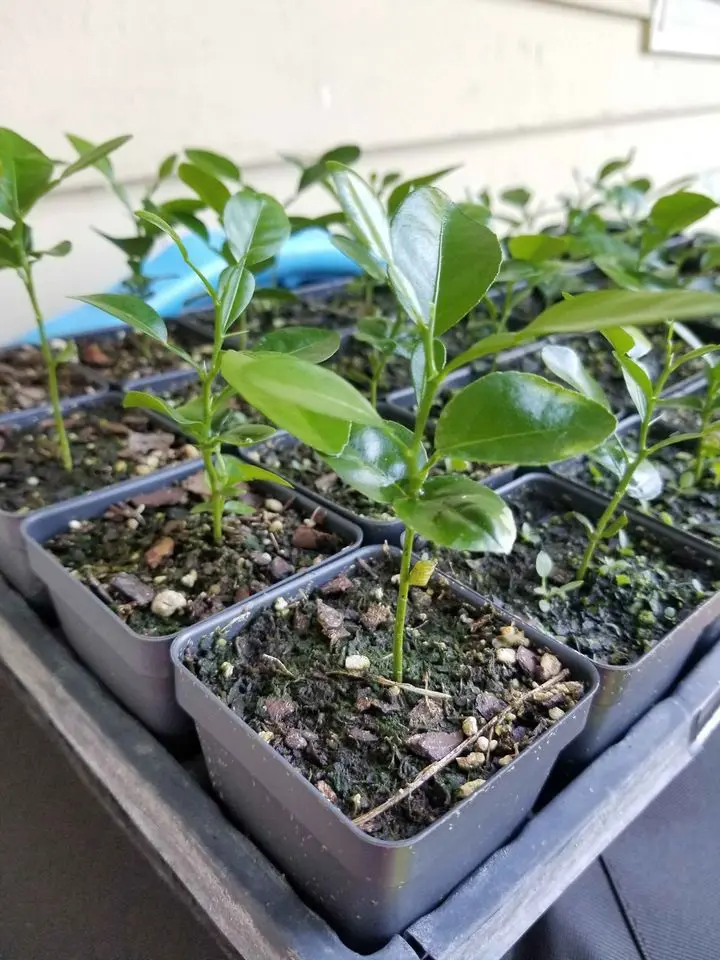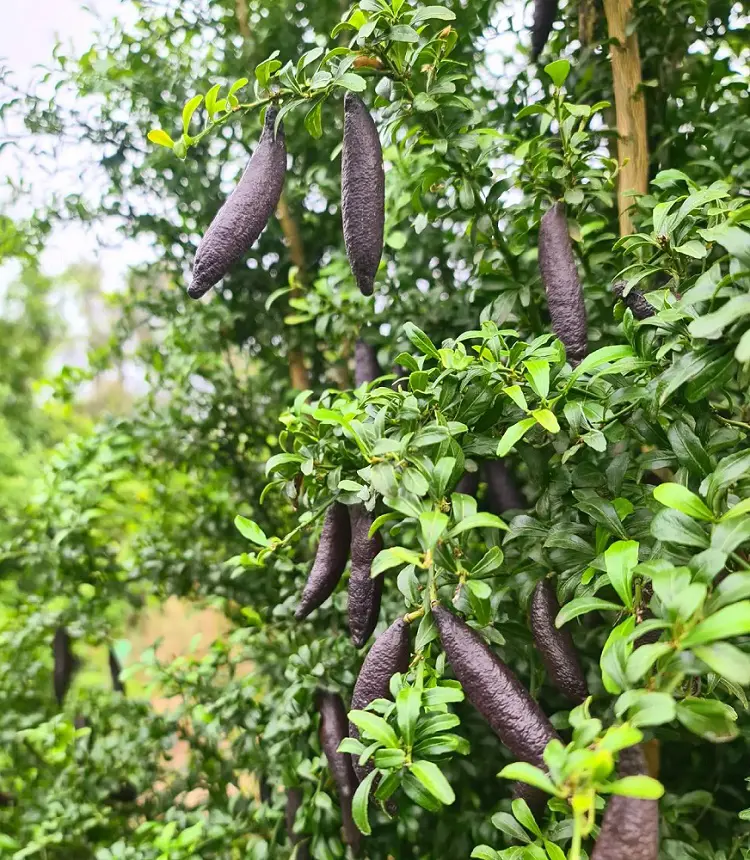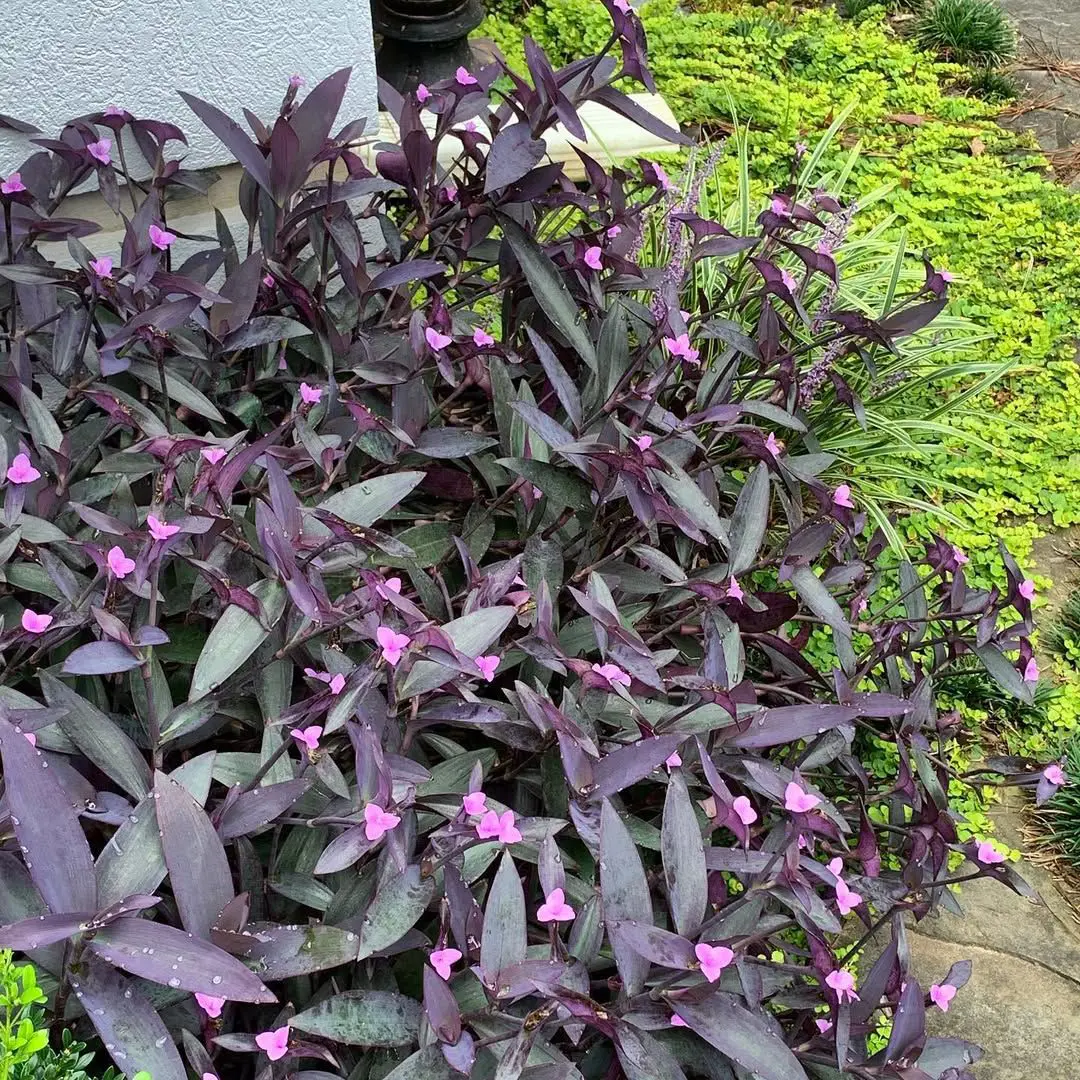When and Where to Plant Lime Trees

The best time to plant lime trees is in the spring after the last frost has passed, providing optimal conditions for root establishment before the summer heat. This timing allows the young tree to acclimate and develop a strong root system during the growing season.
Climate
Lime trees thrive in warm, subtropical, and tropical climates, making them sensitive to cold and intolerant to frost. Ideal growing conditions are found in USDA zones 9-11, where daytime temperatures range from 70°F to 85°F (21°C to 29°C).
Nighttime temperatures should not drop below 50°F (10°C), as prolonged exposure to temperatures below 32°F (0°C) can cause significant damage. Full sun exposure, with at least 6-8 hours of direct sunlight daily, is crucial for optimal fruit production and tree health.
Soil
Lime trees require well-draining soil to prevent root rot, as they do not tolerate waterlogged conditions. The ideal soil pH range is slightly acidic to neutral, between 6.0 and 7.5.
To improve drainage, especially in heavy clay soils, amend the soil with organic matter before planting. This preparation ensures that the lime tree's roots can access necessary nutrients and water without being oversaturated.
Space
Lime trees can grow up to 20 feet tall and wide, so they need sufficient space to develop fully. Plant lime trees at least 12-15 feet away from buildings, other trees, and power lines to avoid competition for resources and to prevent structural interference.
Adequate spacing ensures that the tree receives enough sunlight, air circulation, and nutrients from the soil.
Protection
In areas prone to strong winds, lime trees should be planted in a sheltered location or provided with windbreaks. Strong winds can damage the tree, break branches, and reduce fruit production by affecting pollination and increasing water loss through transpiration.
Windbreaks, such as fences or strategically planted shrubs, can help protect lime trees from wind damage.
